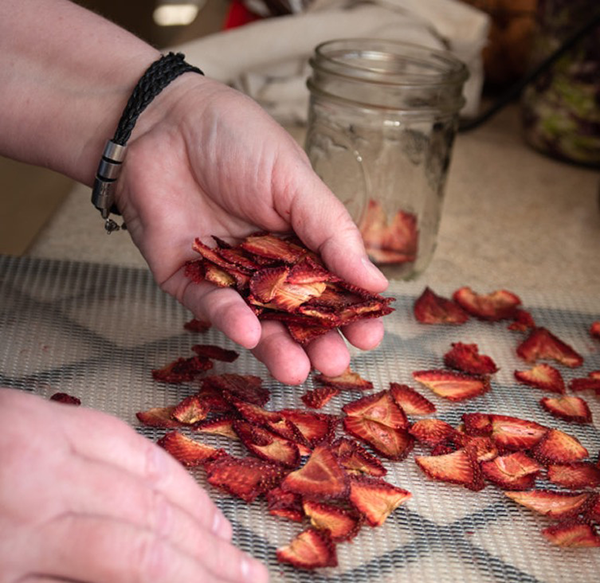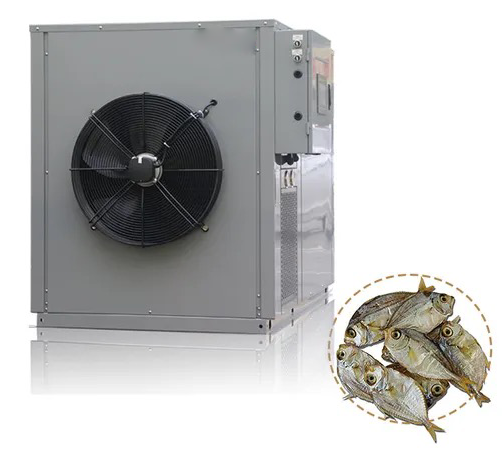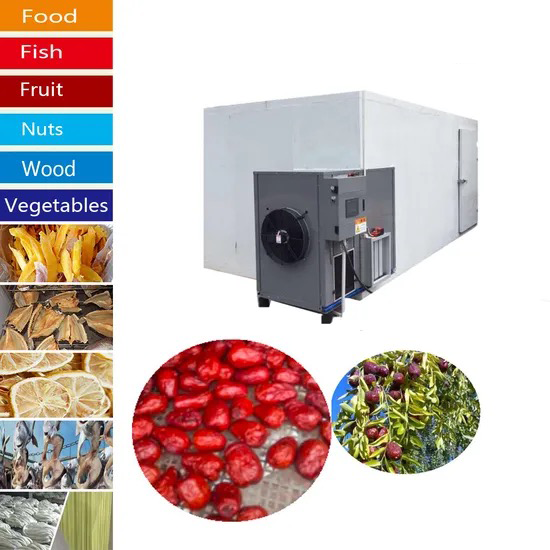
Content Menu
● Understanding Food Dehydration
● Common Uses for Food Dehydrators
● Additional Creative Uses
● Benefits of Using a Food Dehydrator
● Tips for Using Your Food Dehydrator
● Understanding Different Types of Dehydrators
● Conclusion
● FAQ
>> 1. What types of foods can be dehydrated?
>> 2. How long does it take to dehydrate food?
>> 3. Can I dehydrate cooked foods?
>> 4. Do I need special equipment for dehydrating?
>> 5. How should I store dehydrated foods?
● Citations:
Food dehydrators are versatile appliances that allow you to preserve food by removing moisture, which helps prevent spoilage and extends shelf life. They are particularly popular among health-conscious individuals and those looking to reduce food waste. This article explores the various uses of food dehydrators, their benefits, and practical tips for getting the most out of this invaluable kitchen tool.

Understanding Food Dehydration
Dehydration is a method of preserving food that involves removing water content to inhibit the growth of bacteria, yeast, and mold. A food dehydrator uses low heat and airflow to dry foods evenly, preserving their nutrients and flavors.
- How it Works: Dehydrators typically have multiple trays where food is placed in a single layer. The appliance circulates warm air around the food, gradually removing moisture without cooking it.
- Temperature Control: Different foods require different drying temperatures. For instance, fruits are best dehydrated at around 135°F (57°C), while herbs may only need about 95°F (35°C) to prevent over-drying.
Common Uses for Food Dehydrators
Food dehydrators can be used for a wide range of applications beyond just drying fruits and vegetables. Here are some popular uses:
- Drying Fruits: Create your own dried fruits like apples, bananas, and mangoes. Dried fruits make for healthy snacks and can be used in baking or as toppings for cereals.
- Vegetable Chips: Make crispy vegetable chips from kale, zucchini, or sweet potatoes. Season them with spices for added flavor.
- Jerky Production: Dehydrate meats like beef or turkey to make jerky. This protein-rich snack is perfect for hiking or camping trips.
- Herbs and Spices: Preserve fresh herbs by drying them for later use in cooking. This method retains their flavor better than store-bought dried herbs.
- Fruit Leather: Blend fruits with a bit of sugar and lemon juice, then dehydrate them into chewy fruit leather—an excellent snack for kids.
- Yogurt Making: Maintain a consistent low temperature to culture yogurt effectively using your dehydrator.
- Fermenting Foods: Use the warm environment of a dehydrator to ferment vegetables or make tempeh.
- Baking: Dehydrators can also be used to dry baked goods like cookies or meringues more quickly without cracking.

Additional Creative Uses
Beyond the typical applications, food dehydrators can be utilized in numerous creative ways:
- Making Soups and Stocks: Dehydrate leftover soups or stocks into powder form. When you're ready to eat, simply add hot water for a quick meal.
- Snack Preparation: Create unique snacks such as dehydrated marshmallows that can be added to cereals or trail mixes. These crispy treats are a fun addition to any snack mix.
- Desserts: Use your dehydrator to create desserts like meringues or even chocolate-covered dried fruits. The controlled environment helps achieve the perfect texture without burning.
- Pet Treats: Make homemade dog treats by dehydrating meats or fruits that are safe for pets. This ensures you know exactly what your furry friends are consuming.
- Crafting Dried Flowers: Beyond food, you can also dry flowers for decorative purposes. Dried flowers can be used in potpourri or as embellishments in crafts.
Benefits of Using a Food Dehydrator
Using a food dehydrator offers several advantages:
- Nutrient Preservation: Dehydrating food retains more nutrients compared to other preservation methods like canning or freezing.
- Cost-Effective: By buying seasonal produce in bulk and dehydrating it, you can save money and reduce waste.
- Healthy Snacks: Homemade dehydrated snacks are free from preservatives and added sugars found in many commercial products.
- Long Shelf Life: Dried foods can last for months or even years when stored properly, making them ideal for long-term storage.
Tips for Using Your Food Dehydrator
1. Preparation Matters: Always start with fresh, clean produce. Cut foods into uniform sizes to ensure even drying.
2. Layering Technique: Avoid overcrowding trays; ensure that pieces do not touch each other to allow proper air circulation.
3. Monitor Drying Times: Check on your food periodically to avoid over-drying. Each type of food has specific drying times that may vary based on thickness and moisture content.
4. Storage of Dried Foods: Store dehydrated foods in airtight containers in a cool, dark place to maximize shelf life.
5. Experiment with Flavors: Don't hesitate to experiment with different spices and flavorings when preparing snacks like chips or jerky.
6. Vacuum Sealing for Longevity: For long-term storage, consider vacuum sealing your dried foods to prevent oxidation and maintain freshness over time[5].
Understanding Different Types of Dehydrators
When choosing a food dehydrator, it's essential to understand the different types available:
- Stackable Tray Dehydrators: These models consist of several trays stacked on top of each other. They are ideal for drying small batches of food but may require rotating trays during the drying process for even results.
- Box-style Dehydrators: These feature a fan and heating element at the back or bottom, providing more consistent airflow across all trays. They are generally more efficient than stackable models and can handle larger quantities of food at once[1][9].
Conclusion
Food dehydrators are an excellent investment for anyone interested in preserving food healthily and efficiently. From making delicious snacks like fruit leather and vegetable chips to creating homemade jerky and dried herbs, the possibilities are endless. By understanding how to use a dehydrator effectively, you can enjoy nutritious snacks year-round while minimizing waste and saving money.
Incorporating a food dehydrator into your kitchen routine not only enhances your culinary repertoire but also promotes healthier eating habits by allowing you to control ingredients without additives or preservatives. Whether you're preparing snacks for yourself, family meals, or even pet treats, a dehydrator proves its worth time and time again.

FAQ
1. What types of foods can be dehydrated?
You can dehydrate a wide variety of foods including fruits, vegetables, meats (for jerky), herbs, and even some baked goods like cookies or meringues.
2. How long does it take to dehydrate food?
Dehydration times vary depending on the type of food being dried and its moisture content. Fruits may take anywhere from 6 to 12 hours, while vegetables typically take 4 to 8 hours.
3. Can I dehydrate cooked foods?
Yes, you can dehydrate cooked foods such as stews or sauces; however, they should be cooled before placing them in the dehydrator to ensure even drying.
4. Do I need special equipment for dehydrating?
While you can use an oven at low temperatures for dehydration, a dedicated food dehydrator is more efficient as it provides controlled airflow and temperature settings tailored for dehydration.
5. How should I store dehydrated foods?
Store dried foods in airtight containers away from light and moisture to extend their shelf life; vacuum sealing is also an effective method for long-term storage.
Citations:
[1] https://www.webstaurantstore.com/guide/741/food-dehydrators-buying-guide.html
[2] https://www.mitchellcooper.co.uk/10-alternative-uses-for-dehydrators
[3] https://www.goodhousekeeping.com/appliances/a31904157/what-is-a-dehydrator/
[4] https://www.callmelore.com/fool-proof-healthy-dehydrator-recipes/
[5] https://brodandtaylor.com/pages/dehydrating
[6] https://www.reddit.com/r/dehydrating/comments/106m6e4/what_are_things_you_commonly_eat_using_your/
[7] https://www.bestbuy.com/discover-learn/10-reasons-to-buy-a-food-dehydrator/pcmcat1634332391134
[8] https://eatsleepwild.com/homemade-dehydrated-backpacking-meals/
[9] https://en.wikipedia.org/wiki/Food_dehydrator
[10] https://www.foodandwine.com/lifestyle/12-brilliant-ways-use-dehydrator











